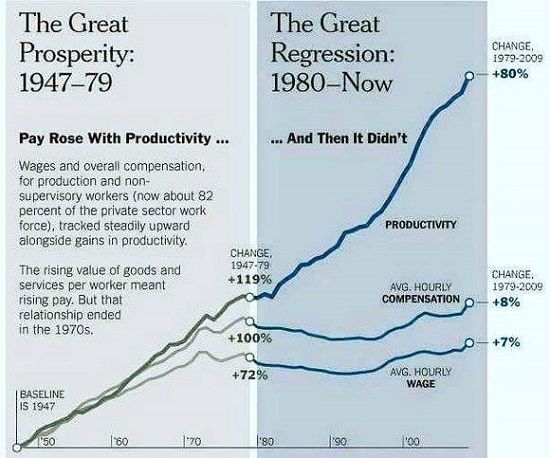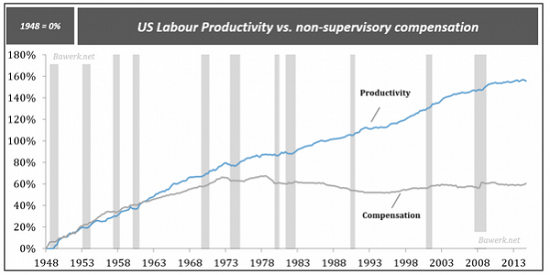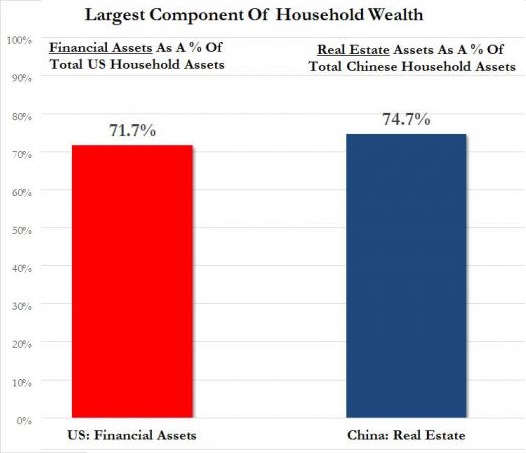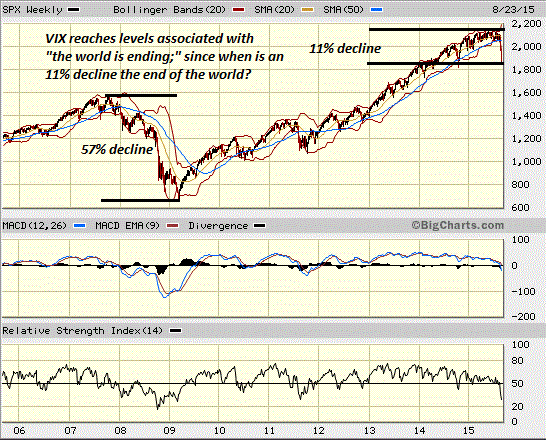Submitted by Charles Hugh-Smith of OfTwoMind blog,
The Devil pens a holiday letter.
Through means I am unable to disclose, I have obtained a copy of the Devil’s Christmas letter. Yes, Satan too sends a Yule letter, and no, I was not on his mailing list. I think Satan’s Holiday cheer should give us all pause.
“To my fallen angels Beelzebub, Lucifer and Leviathan, princes of Hell’s demons, and to my minions, lackeys, toadies and sycophants on Earth:
Due to the high cost of postage, please accept this miserly digital version of my holiday missive.
As you know, this time of year usually finds me quite despondent, as the Prince of Peace’s influence waxes most atrociously around his birthday. But this year I am in fine spirits, nay, let me even declare myself absolutely giddy, for the destruction of the United States of America by its own citizenry and government draws ever nearer.
Though my minions have long sown festering seeds of hate and disharmony in that now-benighted land, my favored weapons of destruction–leverage, debt, half-truths and endless, self-serving justifications for greed, sloth, lust, pride, envy, anger and gluttony–have wormed their way into the stricken heart of that Republic and are now the default setting of American culture.
My minions in the Federal Reserve – such loyal servants! – continue feeding an orgy of leverage and debt, spreading ruination under the false guise of prosperity. What a delicious irony, that the fools doomed to eternal damnation in my Empire believe themselves prosperous as they absorb the poison of exponentially rising leverage and debt.
Continue reading “An Xmas Message From Satan – “Ignorance, My Poor Dear Americans, Will Not Save You””







